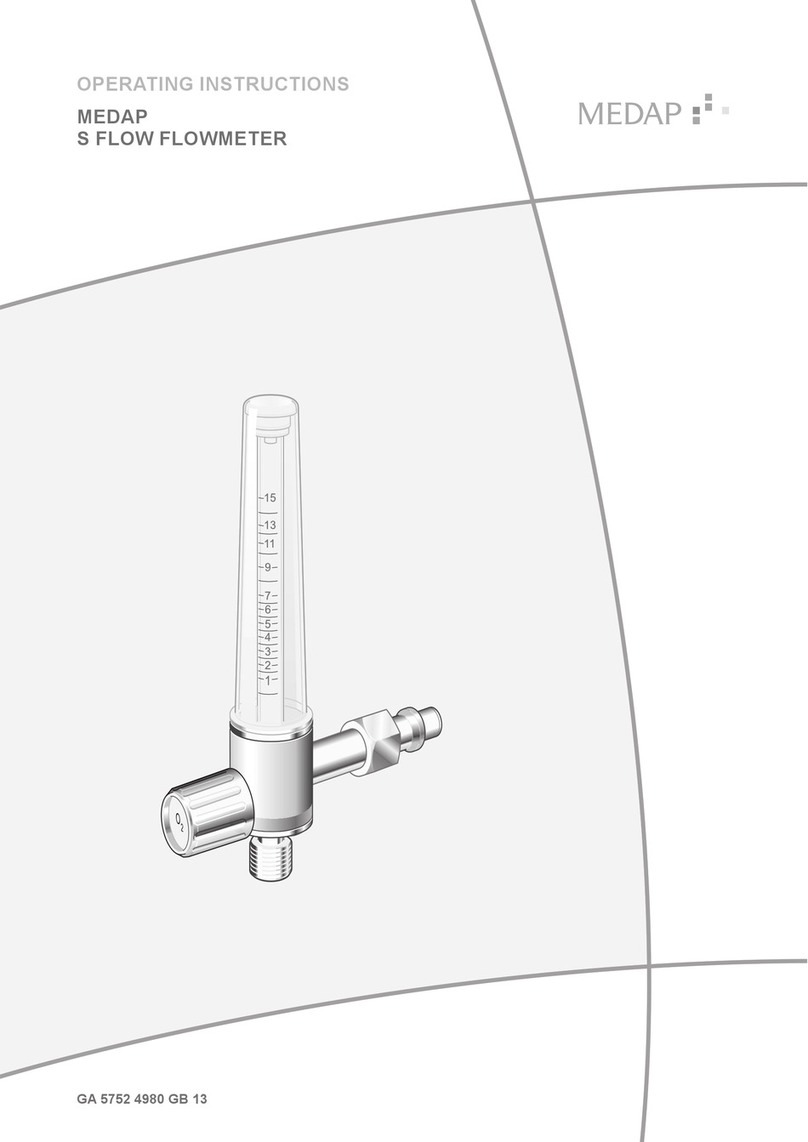
GA 5752 4981 GB 15 3
Table of contents
Table of contents
1 Introduction ..............................................................................................................................................5
1.1 Foreword ....................................................................................................................................................5
1.2 How to use these operating instructions .................................................................................................... 5
1.2.1 Abbreviations ............................................................................................................................... 5
1.2.2 Symbols ....................................................................................................................................... 5
1.2.2.1 Cross-references ....................................................................................................... 5
1.2.2.2 Actions and responses .............................................................................................. 5
1.2.3 Definitions .................................................................................................................................... 6
1.2.3.1 Design of safety notes ............................................................................................... 6
1.2.3.2 Structure of notes ...................................................................................................... 6
1.2.4 Symbols used .............................................................................................................................. 6
1.3 Disposal......................................................................................................................................................7
1.3.1 ATMOS products.......................................................................................................................... 8
1.3.2 Packaging .................................................................................................................................... 8
1.4 Overview of LS FLOW flowmeter............................................................................................................... 8
1.5 Basic requirements.....................................................................................................................................8
1.5.1 Use in accordance with the intended purpose ............................................................................. 8
1.5.2 Applicable standards.................................................................................................................... 9
1.5.3 Intended purpose ......................................................................................................................... 9
1.5.3.1 Possible applications ............................................................................................... 10
1.5.4 Versions of LS FLOW / LS DFLOW flowmeter .......................................................................... 10
1.5.5 Interface description................................................................................................................... 11
1.5.5.1 Approved interface for compressed gas supply ...................................................... 11
1.5.5.2 Flowmeter outlet ...................................................................................................... 11
1.5.5.3 Connection tube ...................................................................................................... 12
1.5.5.4 Tube adapter for Air and O2 .................................................................................... 12
2 Safety notes............................................................................................................................................13
2.1 General safety notes ................................................................................................................................ 13
2.2 Product safety notes.................................................................................................................................13
3 Initial operation.......................................................................................................................................15
3.1 Equipment inspection...............................................................................................................................15
3.2 Connection to the terminal unit.................................................................................................................15
3.2.1 General ...................................................................................................................................... 15
3.2.2 Version A.................................................................................................................................... 15
3.2.3 Version B.................................................................................................................................... 16
3.2.4 Version C ................................................................................................................................... 16
3.3 Mounting accessories...............................................................................................................................16
3.3.1 General ...................................................................................................................................... 16




























